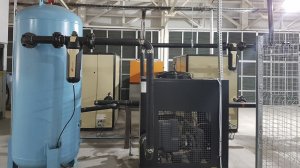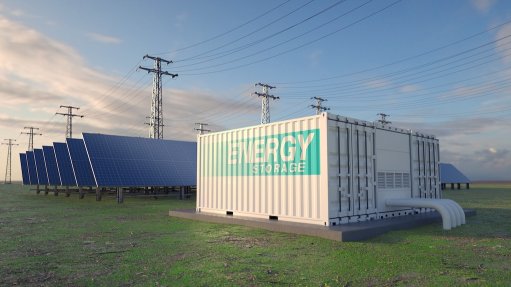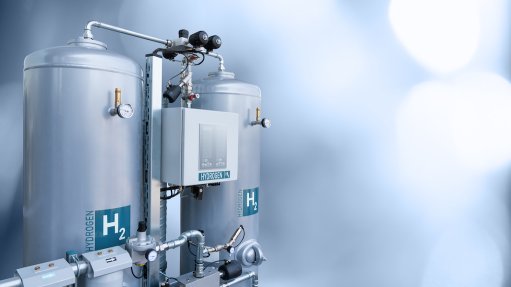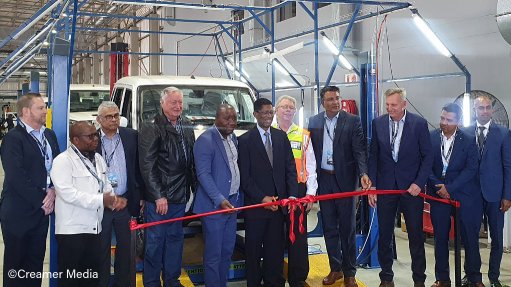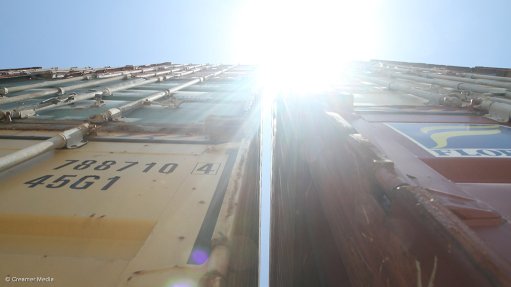Company guide to pressure vessels


PRESSURE VESSELS Pressure vessels are a type of industrial equipment used for storing vapours, gases or fluids
Whether it is wet or dry, indoor or outdoor storage, or even above or below 15 psi, pressure vessels manufacturer Tru Compressors advises that customers need to consult with a knowledgeable pressure vessel manufacturer when considering purchasing a pressure vessel.
Pressure vessels, also known as American Society of Mechanical Engineer, or ASME, tanks, are a type of industrial equipment used for storing vapours, gases or fluids. They are typically used in industries such as mining, refineries and military equipment.
Moreover, pressure vessels are used to store several gases such as chlorine, petroleum and ammonia. It is because of its usage that pressure vessel performance is extremely important as the malfunction of such fluids under pressure can be extremely dangerous. Pressure vessels always store at above 15 psi, which is above atmospheric pressure.
Pressure vessels come in a variety of designs ranging from material used for vessel construction, size, shape, temperate range and intended pressure level. No matter which designs you end up deciding upon – there is one commonality, namely regular inspection and maintenance according to industry body standards. According to South African regulations a pressure vessel should be tested by an authorised agent every three years.
It is also important to know what wet and dry pressure vessels are. Wet pressure vessels are found before the air-drying system. Compressed air flows through the pressure vessel by entering through the bottom port from the air compressor and leaves through the top of the dryer.
Wet compressed air storage improves the efficiency of the air dryer by allowing excess moisture and oil to condense out of the compressed air before hitting the air dryer while extending the life span of pre-filter elements in an air compressor, which are found between the pressure vessel and the air dryer.
Wet compressed air storage also means the air compressor does not experience what is called back pressure. This is because compressed air does not enter the filtration system before entering the pressure vessel. In the end, your air compressor experiences a steadier pressure signal in the compressor controls.
A dry pressure vessel is found after the air dryer, and it stores compressed air that is already dried and filtered, but this also means the dryer is working harder to clean and cool the compressed air.
There are also a variety of benefits of the dry pressure vessels. Dry compressed air is often ready to be used directly from the pressure vessel. Moreover, in the absence of a dry pressure vessel, compressed air from the wet pressure vessel would have to go through the air dryer before it is used.
Under a high-demand situation, the dryer becomes prone to over-capacitation as the compressor system tries to provide higher volumes of air than the rating of the air dryer. If the air dryer fails to keep with the demand for compressed air, the air-drying efficiency is highly reduced, and this may lead to unwanted water and oil in the air lines.
Pressure vessels can sometimes be bulky. Storing them outdoors will save you precious space in your facility. Outdoor storage also helps in reducing the strain on heating, ventilation and air conditioning systems during warm weather. Outdoors also means no access heat build-up in the storage room, and this helps the pressure vessel act as a heat exchanger more efficiently.
It is also important to follow all the safety measures and guidelines, as stated in the owner’s manual for your pressure vessel.
The first steps to improving safety include, ensuring that certified pressure vessels are used. It is also important to never put the pressure vessel under immense pressure above its ratings.
Other steps to ensure safety include making sure that the pressure vessel has a pressure gauge to help monitor pressure inside the vessel and taking time to inspect the vessel has safety relief valves.
Draining of the pressure vessel frequently must also be done to prevent the accumulation of water inside the vessel and repairs must be completed by certified professionals only.
Moreover, occupational safety and health administration and ASME guidelines require that all pressure vessels have a pressure relief valve while vibration pads are crucial in case your air compressor is mounted on top of the pressure vessel.
Finally, the automatic drain valve is essential for safety in that it eliminates the need for manual drainage of liquid inside the vessel.
Comments
Press Office
Announcements
What's On
Subscribe to improve your user experience...
Option 1 (equivalent of R125 a month):
Receive a weekly copy of Creamer Media's Engineering News & Mining Weekly magazine
(print copy for those in South Africa and e-magazine for those outside of South Africa)
Receive daily email newsletters
Access to full search results
Access archive of magazine back copies
Access to Projects in Progress
Access to ONE Research Report of your choice in PDF format
Option 2 (equivalent of R375 a month):
All benefits from Option 1
PLUS
Access to Creamer Media's Research Channel Africa for ALL Research Reports, in PDF format, on various industrial and mining sectors
including Electricity; Water; Energy Transition; Hydrogen; Roads, Rail and Ports; Coal; Gold; Platinum; Battery Metals; etc.
Already a subscriber?
Forgotten your password?
Receive weekly copy of Creamer Media's Engineering News & Mining Weekly magazine (print copy for those in South Africa and e-magazine for those outside of South Africa)
➕
Recieve daily email newsletters
➕
Access to full search results
➕
Access archive of magazine back copies
➕
Access to Projects in Progress
➕
Access to ONE Research Report of your choice in PDF format
RESEARCH CHANNEL AFRICA
R4500 (equivalent of R375 a month)
SUBSCRIBEAll benefits from Option 1
➕
Access to Creamer Media's Research Channel Africa for ALL Research Reports on various industrial and mining sectors, in PDF format, including on:
Electricity
➕
Water
➕
Energy Transition
➕
Hydrogen
➕
Roads, Rail and Ports
➕
Coal
➕
Gold
➕
Platinum
➕
Battery Metals
➕
etc.
Receive all benefits from Option 1 or Option 2 delivered to numerous people at your company
➕
Multiple User names and Passwords for simultaneous log-ins
➕
Intranet integration access to all in your organisation


